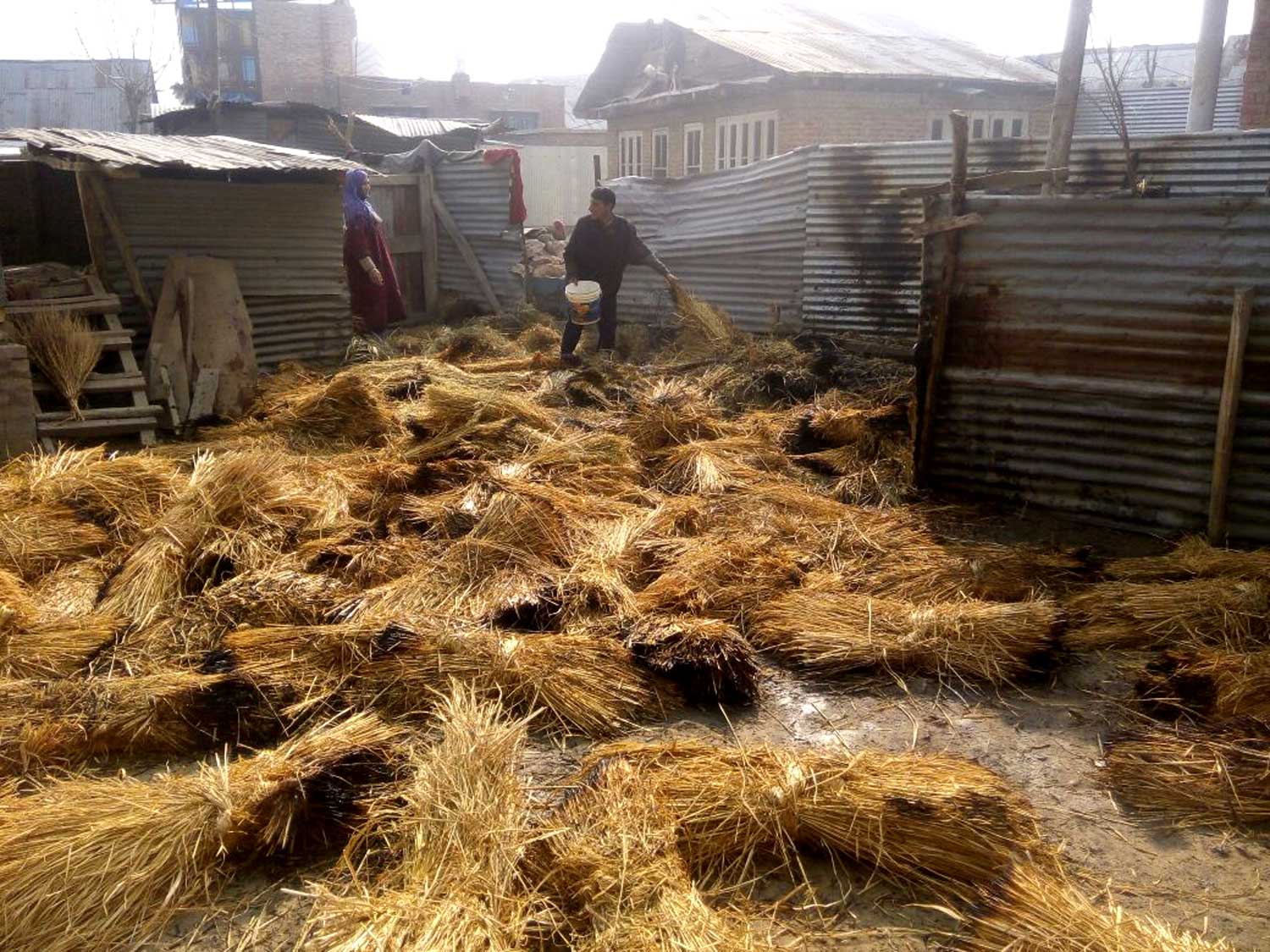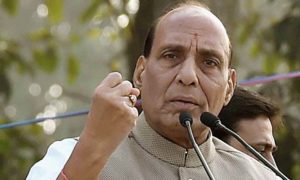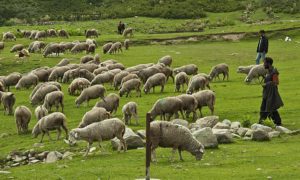When Indian army’s armoured vehicles pulled over in Hajin’s Parrey Mohalla at noontime of Dec 6, 2017, the ensued street confrontation caught the Indian army men on camera, ransacking the residential houses. But the camera couldn’t capture the entire violence unleashed on the town that day.
There was no sound of teargas shelling, stone pelting, din of bullets and horror of ugly and brute pellets. The town was calm, salubrious — and the little clouds were hovering overhead. But what would happen next in any conflict zone, nobody can tell. Kashmir is not an exception.
It was 12:30pm on Wednesday, just a week ago, I was on my way to my maternal home, at a furlong distance from my house in Hajin.
The market was open and the mundane civilian footfall was being played on the roads. I was about to reach when suddenly a local mosque’s loudspeaker came alive: “Parray Mohalas gov geare” (Cordon has been launched in Parray Mohalla).
Being a densely populated Mohalla in Hajin town, the announcement was bound to trigger reactions around. And being in the middle of the same neighbourhood, I was bound to watch the soon-to-be ensued rampage.
At first, I dismissed the announcer as some rabble-rouser, spreading rumour and creating trouble. But when I spotted two Israeli-type army vehicles in the neighbourhood, I realized that the threat was indeed lurking around.
I saw people running for cover. I too joined the frantic run, without thinking anything. Seen as hub of Lashkar Toiba militants in post-2010 Kashmir, Hajin town wasn’t new to such runs.
I saw chaos and frustration all around. Old mothers, with instinct kicking in, were beating their chests, repeatedly saying that something terrible thing was going to happen. I entered my maternal home and hurriedly peeped through a broken windowpane and saw the rumbling army vehicles creating an emergency situation on the road. For a chance, my vibrating cellphone distracted my attention.
“Where are you?” I heard my father’s terrified voice, asking me to return home, immediately. I obliged.
On my way back, one of my friends told me how scores of masked boys were already countering the army advances in Parrey Mohalla. Many others were running to join them.
“Don’t come out,” my relative called me, “army is thrashing whatever comes in their way.”
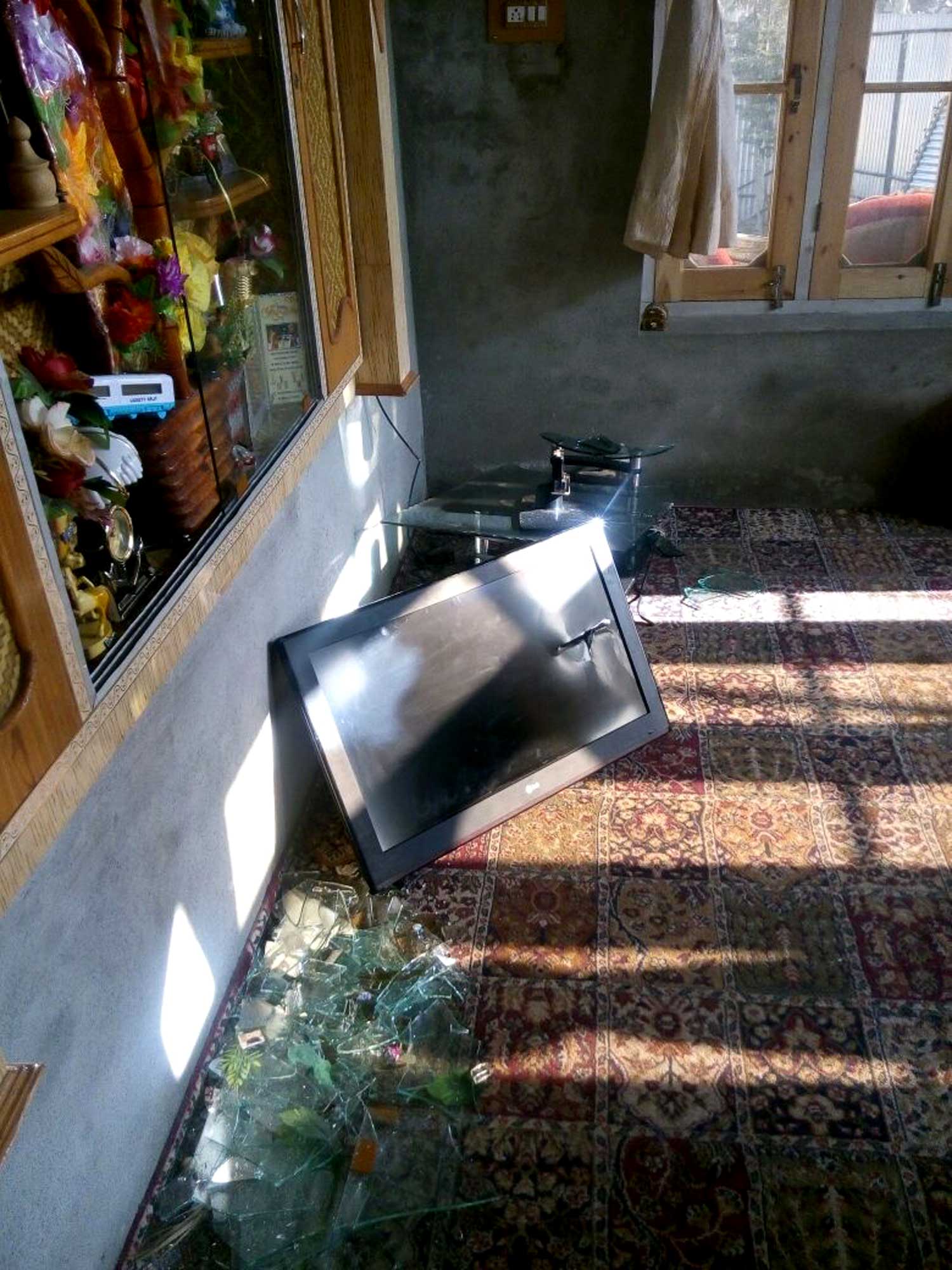
I locked the main gate of my house and asked my mother, sister and sister-in-law to lock all the doors and windows. By then, my two-year-old niece had already sensed the rebel mood on the street and was sloganeering in a loop: “Buhiaan Bhai, Zindabad, Buhiaan Bhai, Zindabadi” (Long live, Brother Burhan).
Her mother had to slap her to calm down her ‘militant’ nerves, showing no tender signs that day. By then, the uniformed men armed with guns and batons were running amok in the town: slamming gates and shattering windowpanes, shouting: “Kaha hai yeh Mehmood Bhai” (Where is this Mehmood Bhai)?
Mehmood Bhai is one of the popular foreign militants—Mehmaan Mujahid—active in Hajin town and in adjoining villages of Shahgund, Gundjagheer, Vijpara, Saudnara, etc.
Amid the ransacking outside, I crawled and went to the second storey of my home. Through a windowpane, I watched the Indian army’s mad frenzy outside, hurling invectives, daring locals to come out.
I could see our lane flooded with dozens of army men, clutching black automatic guns in hand. They were pelting stones on windowpanes and slamming every residential gate. Some elderly women, returning from their orchards, were caught in the rash moment. They cried as they were thrashed with sticks. They pleaded the army to stop raining those batons on their fragile bodies. But the assaulters who were of their sons’ age didn’t oblige.

Then some gun-wielding men downed their pants to parade their nakedness towards the womenfolk. To those who understand the situation in Kashmir the symbolism cannot be escaped. The sight left me numb, helpless, and caged. But the worst was yet to come.
Suddenly I heard the hapless cries of my next-door neighbour. She was alone in her house when some irate army men stormed in. She was abused, kicked and thrashed. Amid kicks, she pleaded with them, not to shatter her windowpanes, as she is poor. They didn’t listen to her. Crying, she asked for help from her neighbors, repeatedly shouting in front of gun-wielding soldiers: “Narai Takbeer!”
The scene left me jolted. I couldn’t control my emotions and tried to come out from my home with short sharp axe in hand. But my heart-patient mother stopped me.
“They’re beasts in uniform,” she said, wailing. “They’ll kill you! Please stay with me here.” Her face had turned red with incessant crying.
Being an eyewitness to the brutality in the town, I can never forget that day when arson, ransacking, abusing, vandalizing shook Hajin to its core. Even firemen on way to douse the flames were thrashed by army at several places.
What happened at Hajin will go down as yet another ghastly reminder of how brazenly Indian army is conducting itself in Kashmir. In their moment of madness, they forgot how force only begets force.
As the forces receded, and the haystacks went up in flames in a clear case of a war crime, I heard the young invoking the American statesmen, Thomas Jefferson, “When injustice becomes law, resistance becomes duty.”
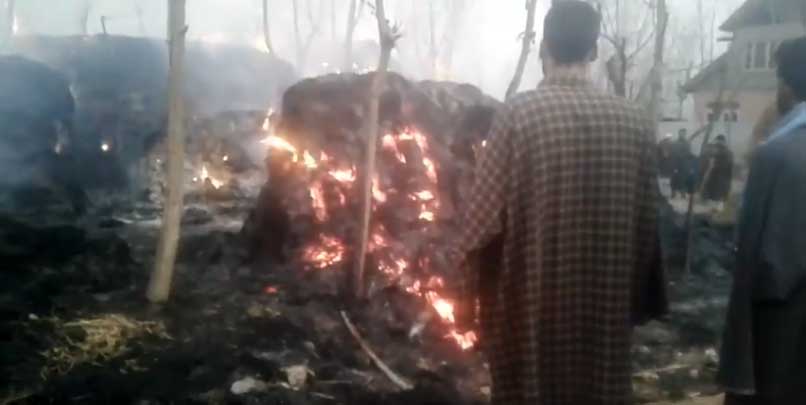
The author is a student of International Relations.


